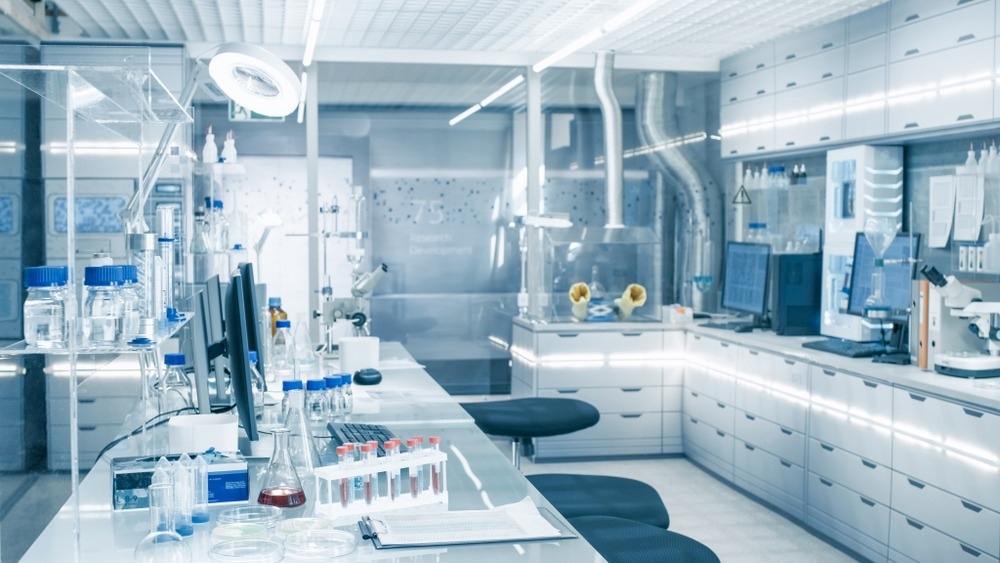Alkaline CO2 electrolysis has the capability to generate multicarbon (C2+) products such as ethylene and acetate. Nevertheless, it faces a challenge in terms of low CO2 utilization efficiency.

Image Credit: Gorodenkoff/Shutterstock.com
Tandem electrolysis, a process that connects solid oxide or acidic CO2 electrolysis to produce CO and alkaline CO electrolysis to generate C2+ products in a sequential manner, represents an approach with high carbon efficiency. However, up to this point, CO electrolysis has typically exhibited high current density and selectivity for C2+ products. Yet, the selective production of a specific C2+ product remains a challenging task.
A recent study led by Professors Guoxiong Wang and Dunfeng Gao at the Dalian Institute of Chemical Physics (DICP) under the Chinese Academy of Sciences (CAS) has introduced a novel approach. This approach involves creating metal-organic interfaces for CO electrolysis with a focus on achieving high selectivity for acetate production.
The research findings were published in Angewandte Chemie International Edition on September 25, 2023.
The researchers fine-tuned the microenvironments around catalytically active sites by creating Cu-organic interfaces through an in-situ electrochemical reconstruction of molecular Cu complexes. Thanks to the improved reaction microenvironment, they successfully achieved excellent catalytic performance for CO electrolysis, particularly in terms of current density, Faradaic efficiency, and yield for acetate production.
Using a copper phthalocyanine (CuPc) electrode within a custom-made alkaline membrane electrode assembly (MEA) electrolyzer, the researchers achieved remarkable results. They recorded an impressive acetate Faradaic efficiency of 84.2% and an acetate carbon selectivity of 92.1% at a current density of 500 mA cm⁻². Additionally, they reached a maximum acetate partial current density of 605 mA cm⁻² and a formation rate of 0.38 mmol min⁻¹. These results translated to an exceptionally high acetate yield of 63.4%.
The Cu-organic interface played a crucial role in establishing a conducive reaction microenvironment. It improved the adsorption of *CO, reduced the energy barrier for C-C coupling, and promoted the formation of CH3COOH (acetic acid) over other multicarbon products. This rationalized the selective production of acetate, as it provided a favorable environment for the specific chemical reactions involved.
Our study highlights the potential of constructing metal-organic interfaces for tailoring reaction microenvironments for highly selective production of a specific C2+ product from CO electrolysis.
Dunfeng Gao, Professor, Dalian Institute of Chemical Physics, Chinese Academy of Sciences
Journal Reference:
Rong, Y., et al. (2023). Directing the Selectivity of CO Electrolysis to Acetate by Constructing Metal‐Organic Interfaces. Angewandte Chemie. doi.org/10.1002/anie.202309893.